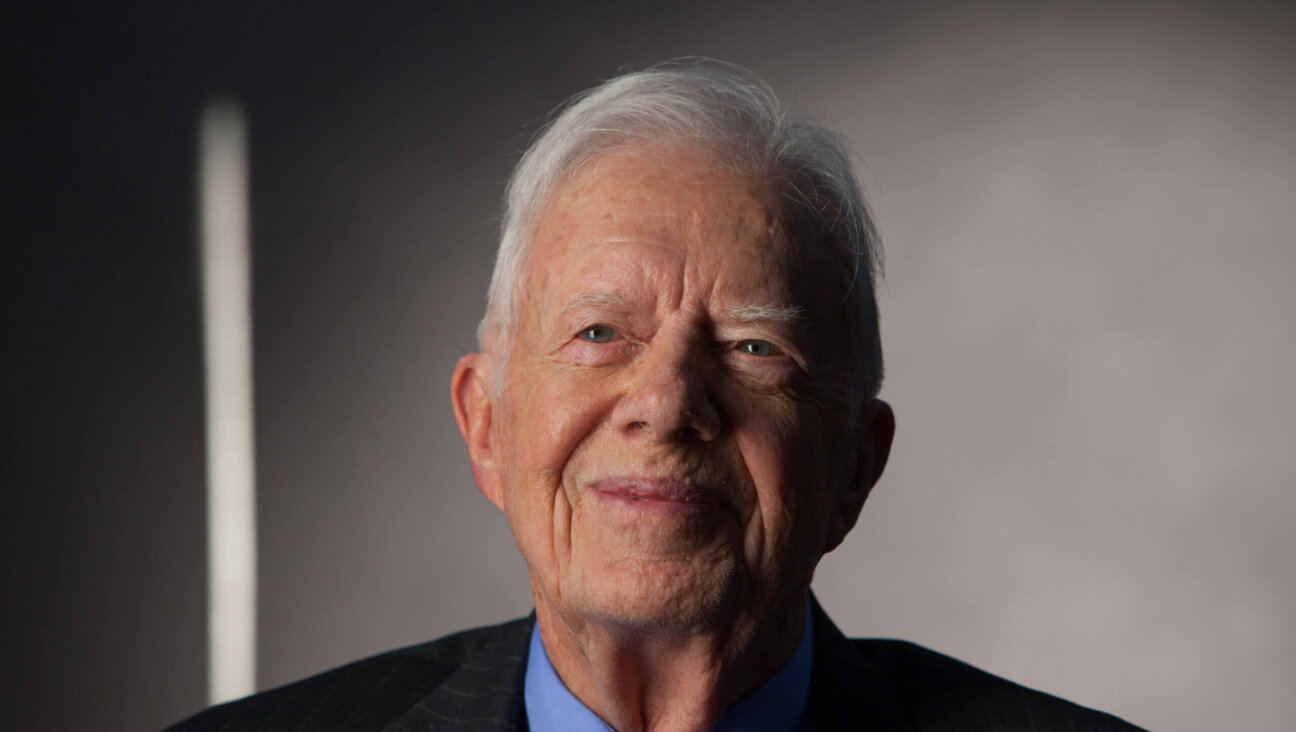New Study Finds 6.8 Million Jews Living in U.S.
An estimated 6.8 million Jews live in the United States, with 65 percent of them concentrated in six states, according to a new study.
The estimate counts 4.2 million American adults who self-identify as Jews; 1 million Americans who identify as having a Jewish background but do not identify as Jewish by religion; and approximately 1.6 million Jewish children.
The new population estimates are not based on a new survey. Rather they were synthesized from the data of nearly 350 recent surveys of the U.S. adult population, with more than 320,000 respondents and 6,900 Jewish respondents.
Titled “American Jewish Population Estimates: 2012,” the study was conducted by the Steinhardt Social Research Institute and the Cohen Center for Modern Jewish Studies at Brandeis University.
The study finds far more than the 5.2 million American Jews counted in the last national study, the 2000-2001 National Jewish Population Survey. But because the methodology used was completely different, the newer numbers do not demonstrate an increase in the U.S. Jewish population.
Leonard Saxe of Brandeis, one of the researchers who conducted the study, told JTA there is evidence to show the U.S. Jewish population has grown, though not by the percentage increase between his study and the NJPS. Saxe attributed the growth to the immigration of Russian-speaking Jews, programs to bolster Jewish identity and the shifts in attitude that has enabled many children of interfaith marriages to be raised with a Jewish identity.
“There’s unquestionably been an increase; it’s not a 35 percent increase, however,” Saxe said. “And it’s not quite kept pace with the increase in the overall U.S. population.”
About 65 percent of American Jews live in just six states, according to the study’s estimates: New York (20 percent), California (14 percent), Florida (12 percent), New Jersey (8 percent), Massachusetts (5 percent) and Pennsylvania (5 percent). The other four states in the top 10 – Illinois, Maryland, Texas and Ohio – add another 15 percent. The three most Jewish metropolitan areas are New York, South Florida and Los Angeles.
The new methodology was able to produce “highly reliable estimates,” the study’s authors — Saxe, Elizabeth Tighe, Raquel Magidin de Kramer and Daniel Parmer — said in the study.
“What seemed infeasible in the past is feasible today, and is manifest in increased interest in mining ‘big data,’” they said.
A message from our Publisher & CEO Rachel Fishman Feddersen

I hope you appreciated this article. Before you go, I’d like to ask you to please support the Forward’s award-winning, nonprofit journalism so that we can be prepared for whatever news 2025 brings.
At a time when other newsrooms are closing or cutting back, the Forward has removed its paywall and invested additional resources to report on the ground from Israel and around the U.S. on the impact of the war, rising antisemitism and polarized discourse.
Readers like you make it all possible. Support our work by becoming a Forward Member and connect with our journalism and your community.
— Rachel Fishman Feddersen, Publisher and CEO























